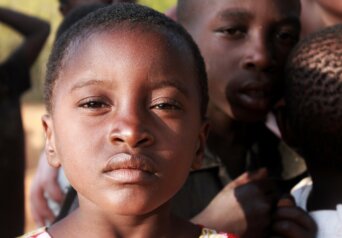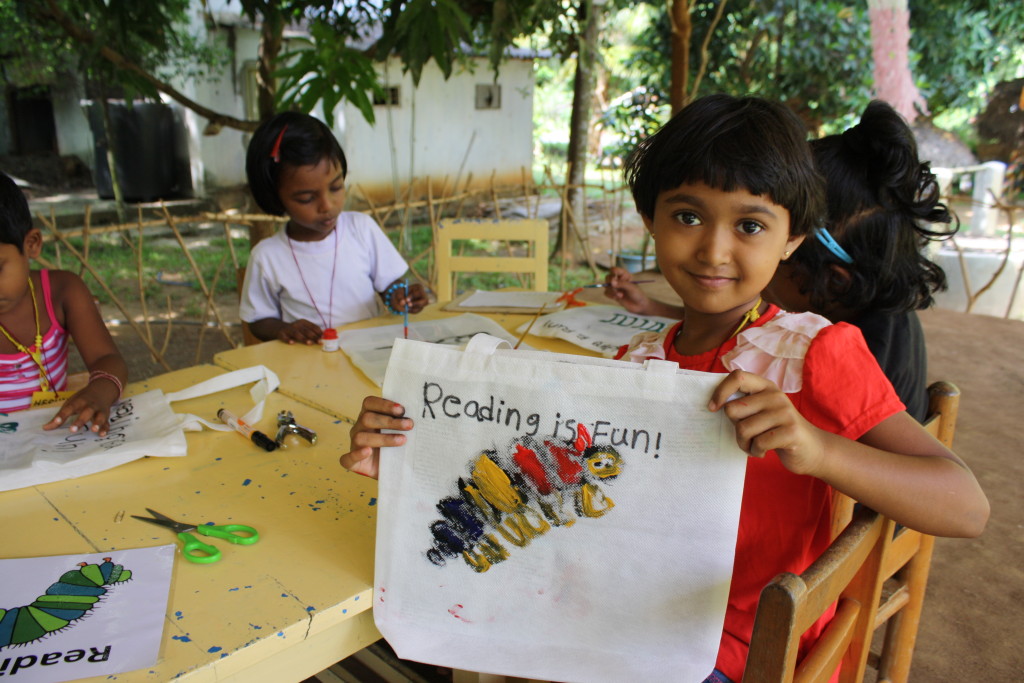- About
- Topics
- Picks
- Audio
- Story
- In-Depth
- Opinion
- News
- Donate
- Signup for our newsletterOur Editors' Best Picks.Send
Read, Debate: Engage.
The world has been cruel to the girl child. An estimated 132 million girls globally are out of school with even glimmer statistics indicating that 9 million of them will never get back into a classroom. In the least developed countries only a paltry 13 per cent of girls who enrol in secondary schools complete their education.
Some 15 million girls between 15 and 19 years have had an encounter with forced sexual act or abuse in the course of their growing up. Even more startling is the fact that an approximated 200 million girls and women have faced female genital mutilation in 31 countries with another 12 million of them getting married every year before reaching 18 years.
This sorry state of affairs persists despite the world this year marking the 25th anniversary of the adoption of the Beijing Declaration and Platform for Action, one of the most celebrated blueprints that sought to champion the rights of girls and women. There is nothing to write home about that commitment.
In 2020, Africa is also celebrating 17 years since governments put pen to paper on Maputo Protocol committing to uphold, defend and protect the rights of African girls. Today about 600 adolescent girls in Sub Saharan Africa get infected with HIV each year with the disease being the leading killer of girls in the 15-24 years age bracket. Still the girls in the region struggle with access to information on reproductive health and HIV/STIs protection. Emerging threats like COVID-19 and online bullying continue to exacerbate the situation.
Yet even as the world continues to fail them, girls have risen to make a mark for themselves taking global stage by storm with innovative solutions that seek to create a better world, hold government leaders to account and advocate for issues that touch on mankind including human rights and climate change.
As the world celebrates the International Day of the Girl Child this October, the onus is squarely on global leaders and international community to rise to the occasion and walk the talk in creating a conducive environment for girls to grow and prosper by promoting their voices, putting in place policies and legislations that protect them and introducing tangible mechanisms that address the yawning gender inequality. The world owes the girls that and more.
Image by Manuela Milani

